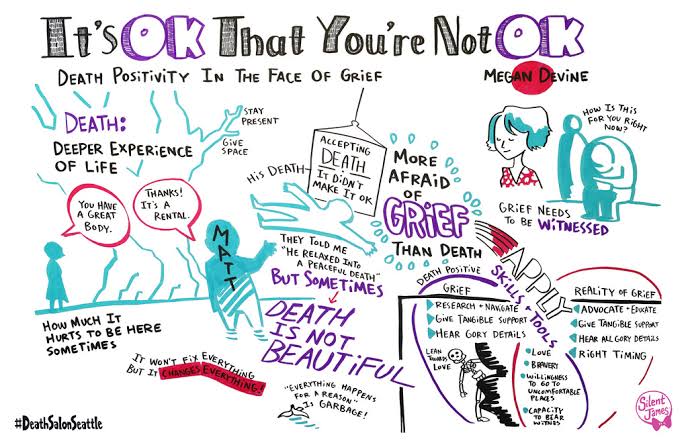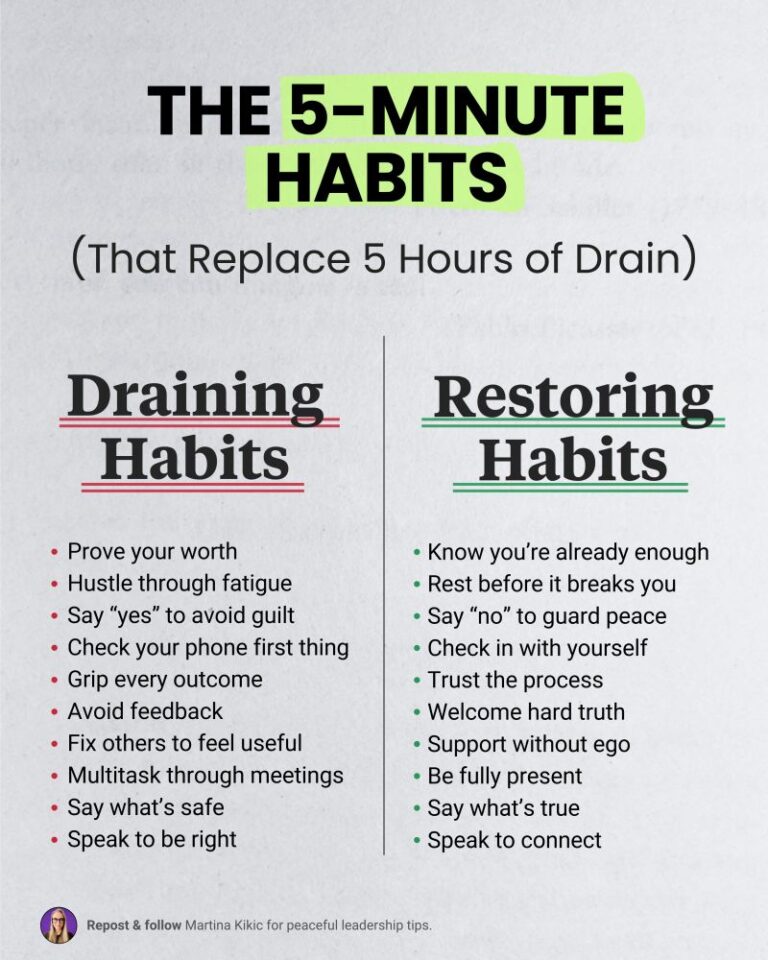
A recent study reported that living in areas with a wide choice of fast food, which it described as “food swamps”, may lead to an increased risk of stroke among those over the age of 50 years.
The study, which will be presented at the International Stroke Conference from February 8 to 10 in Dallas, USA, indicated that those over the age of 50, who lived near places that provide fast food and an unhealthy food environment known as “food swamps”, more likely to have a stroke, compared to those who lived in areas with fewer retail and fast food options, according to Al Sharq News Channel.
The term “food quagmire” was coined more than a decade ago to define communities in which fast food chains and convenience stores abound, flooding those areas with unhealthy eating options, rather than healthy food options.
Dixon Young, a researcher at Columbia University Irving Medical Center, said that despite advances in stroke care, it’s still a big problem, and some people will still be at risk.
An unhealthy diet negatively affects blood pressure, blood glucose, and cholesterol levels, which increases the risk of stroke.
No studies have been done on the possible connection of stroke with areas of prevalence of unhealthy food choices in the past. But in this study, the researchers analyzed environments in which unhealthy food choices were more likely to be associated with stroke.
The researchers reviewed data from the Health and Retirement Study (HRS) and compared it with information from the US Department of Agriculture on areas with fast food restaurants or healthy foods.
The study included more than 17 thousand adults (average age 64 years, 54% women). Two categories have been established for the food environment indicator.
“The two categories were chosen for comparison because previous research has shown that a retail food environment index score of 5 or higher may predict the prevalence of obese people in a neighbourhood,” Yang said.
And 3.8% of those in the study reported having a stroke. People in the unhealthy food environment index group had a 13% higher risk of having a stroke compared to those who lived in neighborhoods with a lower prevalence of fast food restaurants.
Most of the participants who had strokes resided in areas with 6 times the amount of unhealthy food options relative to healthy food options.
In the future, according to Yang, focusing on community-based interventions or dietary guidelines may help improve cardiovascular health, and thus reduce stroke risk.







